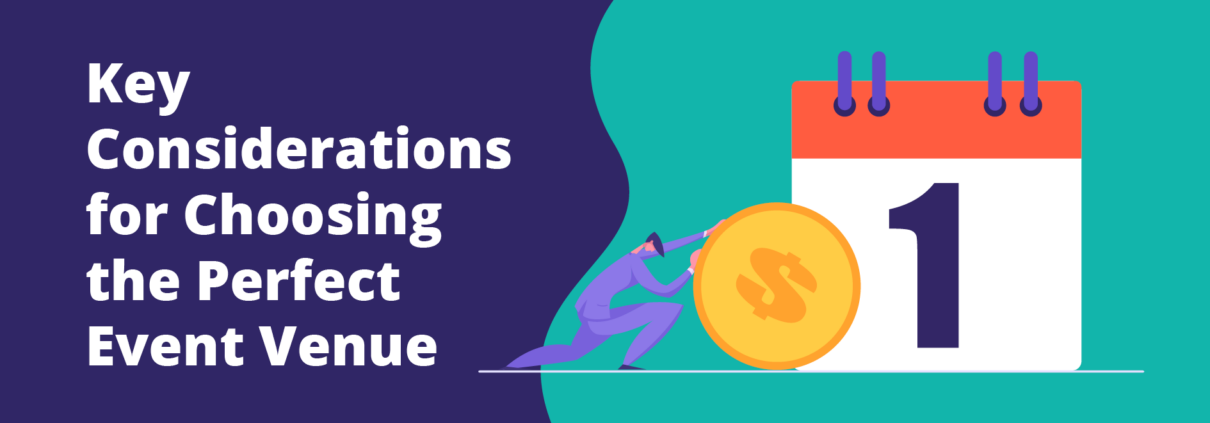4 Tips for Getting to Know Your Major Donor Prospects
Major gifts continue to sustain nonprofits, representing almost 75% of total fundraising dollars in the latest Fundraising Effectiveness Project report.
To maintain this momentum and secure more major gifts for your organization, it’s critical to target the right prospects and get to know them personally. After all, prospects need to trust your organization before they’ll consider giving, and this trust goes both ways. In this quick guide, we’ll explore a few tips you can use to cultivate relationships with major donors that inspire giving and loyal support.
1. Analyze your prospect research findings.
If you’re ready to cultivate a major donor prospect, then presumably you’ve already conducted thorough prospect research to verify their capacity (wealth), affinity (warmth), and propensity (habits) to contribute a major gift. Whether you outsourced this process to a consultant or researched internally, you should have a variety of data points for each prospect.
Analyzing these findings will help you get to know major giving prospects before you even reach out to them, providing you with a solid foundation for your cultivation efforts.
In particular, pay attention to the following information you glean from prospect research:
- Giving and involvement history: A prospect’s past donations and engagement with your own nonprofit tell you which cause areas, types of campaigns, and involvement activities they prefer.
- Affinity for certain causes: If you discovered that your prospect contributes to other organizations and/or political campaigns related to a certain aspect of your cause, you can zero in on this part of your work to solicit their support.
- Philanthropic habits: Note not only which nonprofits prospects donate to, but also how they give. Do they typically give large one-time gifts? Annual donations? Gradually increasing gift sizes?
- Affiliations with local businesses and community leaders: Analyzing prospects’ connections can provide insight into their priorities and point out mutual connections your nonprofit can leverage in the cultivation process.
Of course, you should consider all of this analysis alongside the capacity data you gleaned from your initial wealth screen to get an accurate picture of the prospect’s giving potential. Focus on those who you know have the means to donate at the level your organization needs.
2. Meet with prospects regularly.
Face-to-face interactions are the best way to build relationships. As you create major donor cultivation plans and schedule outreach cadences, prioritize in-person meetings as much as possible to better connect with prospects. Plan several types of meetings, such as lunches, meetings for coffee, conversations at events, phone calls, etc.
Every time you meet with a prospect, take detailed notes in your nonprofit’s CRM. Record both large and small tidbits of information, such as:
- Personal details: This includes anything from the names of important family members to details about their career and philanthropic history.
- Opportunities they seem interested in: Observe their reactions to different projects, programs, and campaigns you discuss to discover which they might want to support in the future.
- Stated preferences: Your prospect might casually mention that they like receiving direct mail or dislike auctions, and adhering to these preferences in the future will show you were paying attention.
- Topics to bring up again: Note anything you want to check back up on, from their upcoming vacations to any concerns they mentioned about one of your projects.
These details will help you understand the prospect better and deepen your relationship with them. You might also pick up on their preferences for donor recognition, which will be important for the stewardship stage of the major gift fundraising cycle. According to Fundraising Letters, recognition should be as personal and relevant to the donor as possible for maximum impact on donor retention.
3. Discuss their philanthropic priorities.
Getting to know personal details about your prospect helps you build rapport and find common ground, but don’t forget to explore their charitable interests, too. After all, you’re ultimately trying to acquire a major donation, and you need to know exactly what initiatives or programs the prospect would like to support.
In your face-to-face meetings, check-in calls, and discussions with prospects, focus on discovering each prospect’s giving priorities. Gradually collect information to answer questions like:
- What aspects of your organization’s mission mean the most to them?
- How did they become interested in certain causes?
- What organizations and causes have they supported in the past, and why?
- Which upcoming projects, campaigns, and programs are they most excited about?
- Are they interested in non-traditional forms of giving, like cryptocurrency?
These answers will help you tailor the giving and involvement opportunities you share with prospects down the line. For example, if you find out that a prospect named Shelly thinks the scholarships your organization gives to underprivileged high school students are life-changing, you might dive deeper into this topic and ultimately ask for a major gift to your scholarship program.
4. Send personalized invitations to other involvement opportunities.
Remember that keeping major donors involved in activities beyond giving is also a crucial part of donor stewardship and retention. The more you learn about prospects’ involvement preferences now, the better you’ll be able to steward them after they give.
Use the information you’ve gleaned so far to send tailored invitations to prospects. Donorly’s major gift fundraising guide suggests inviting prospects to fundraising events, volunteering opportunities, personal tours of program sites, or dinners with board members, depending on their individual interests. Each of these opportunities will help prospects connect more deeply with your organization and learn more about why they should support your work.
Plus, any in-person involvement activity gives you a valuable opportunity to get to know the prospect better by seeing them interact with your mission up close. Pay attention to how they engage with others, what questions they ask, and when their eyes light up to learn more about their interests and giving motivations.
Getting to know major donor prospects is only a small part of the full fundraising process. If your organization wants expert advice or support identifying, cultivating, soliciting, or stewarding major donors, don’t be afraid to reach out to a fundraising consultant. These professionals can help you improve your major giving strategy in both the short and long term to boost fundraising revenue.


